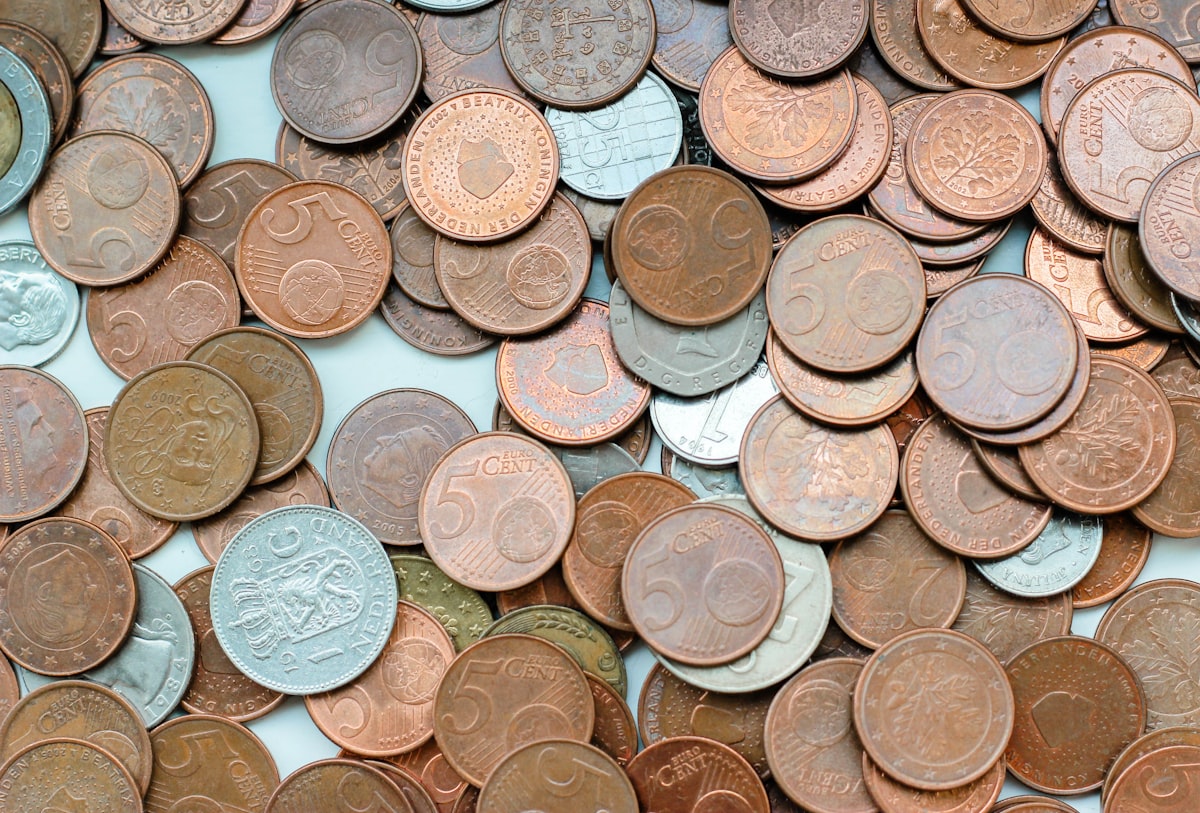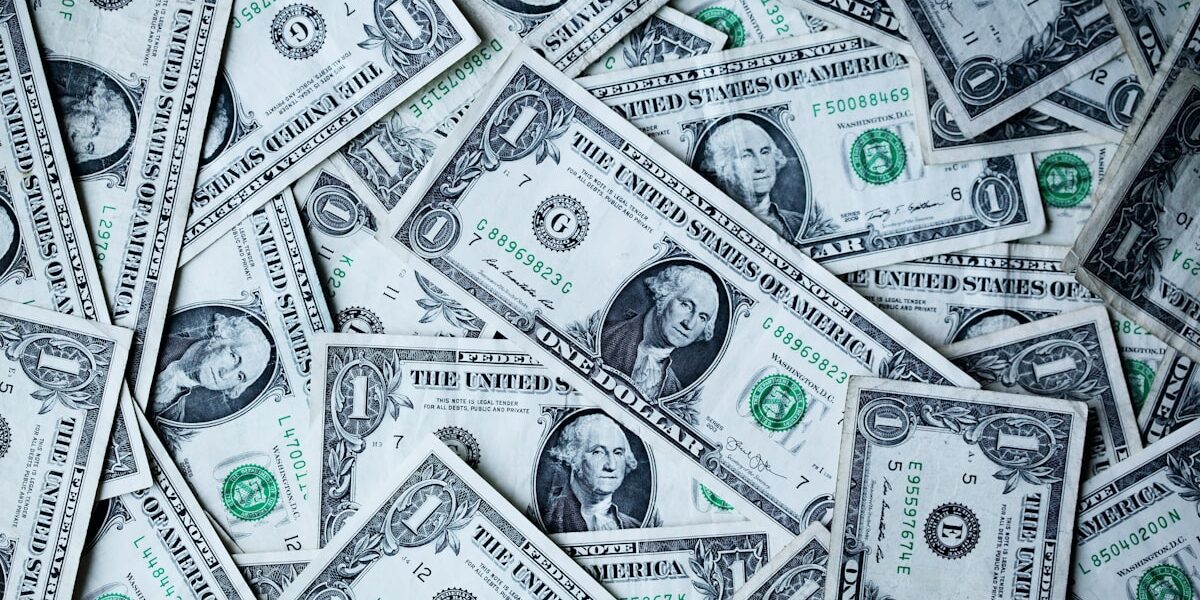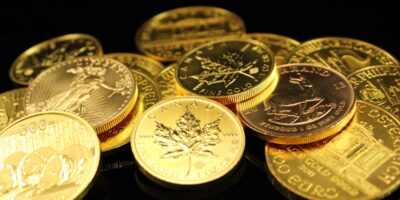1953 Wheat Penny: A Closer Look
In 1953, the United States Mint produced about 1.1 billion Lincoln wheat pennies. The minting took place at three locations: Philadelphia, Denver, and San Francisco. Each mint struck a significant volume of these coins, contributing to the large number that remains in circulation today.
The Design of the 1953 Wheat Penny

Designed by Victor David Brenner, the Lincoln wheat penny features a profile of Abraham Lincoln on the obverse side. This design was first introduced in 1909, commemorating the centennial of Lincoln’s birth. The reverse side displays two wheat ears, which is where the coin gets its nickname wheat penny. The inscription ONE CENT is centered between the wheat stalks. Above it, UNITED STATES OF AMERICA is inscribed. Near the top, E PLURIBUS UNUM occupies the space.
Mint Mark and Mintage
The 1953 wheat pennies were minted in three key locations, indicated by a mint mark on the coin:
- Philadelphia: No mint mark, with approximately 256,755,000 pennies produced.
- Denver: D mint mark, with about 700,515,000 pennies produced.
- San Francisco: S mint mark, with around 181,835,000 pennies produced.
The Denver mint had the highest production among the three. This made the 1953-D penny the most common of the series.
Metal Composition
The wheat penny series from 1909 to 1958 consistently utilized a bronze composition. Each 1953 wheat penny contained 95% copper and 5% tin and zinc. The typical weight of these pennies was around 3.11 grams. This specific coin composition contributed to the longevity and wide circulation of the wheat penny.
Collectible Value
Wheat pennies from 1953 are generally considered common among collectors. Their value varies based on their condition and mint mark. In circulated condition, these pennies hold a modest value, typically ranging from $0.05 to $0.30. Uncirculated coins, especially those with the S mint mark, can be valued higher. This is due to their relative scarcity in better conditions.
For collectors, the grade of a coin is crucial when assessing value. Coins are evaluated using a grading scale that ranges from Good (G), indicating significant wear, to Mint State (MS), denoting pristine condition. Wheat pennies graded MS65 or higher can command much higher prices, reflecting their near-original appearance.
Errors and Varieties
Errors and varieties can increase the desirability of a 1953 wheat penny. Notable errors include doubled dies and repunched mint marks. These errors arose during the minting process and resulted in coins with unique, distinguishing features. Collectors seek out such errors, often paying premiums for them.
One well-known variety among 1953 pennies is the D over D repunched mint mark for the Denver coins. This occurs when the mint mark is impressed more than once, slightly misaligned, creating a doubled appearance.
Legacy of the Wheat Penny
The wheat penny series is beloved among coin collectors. Its simple yet historic design represents an era of American numismatics that spanned nearly five decades. The focus on Abraham Lincoln, alongside the classic wheat design, gives the penny a distinct historic significance.
Although the wheat penny is no longer in production, it left a lasting legacy. It set the foundation for modern penny designs still in circulation today. The transition to the Lincoln Memorial reverse design in 1959 marked the end of an era. Despite this, 1953 wheat pennies and their counterparts remain a vital part of the collecting world.
Finding Wheat Pennies Today
For those interested in finding 1953 wheat pennies, various options exist. Searching through rolls of pennies from banks is a method many enthusiasts use. While the odds are slim, it’s still possible to encounter wheat pennies in everyday transactions. Coin shops and online marketplaces offer more straightforward opportunities to purchase these collectibles.
When purchasing, verify the authenticity of the coin. Inspect the integrity of any included certification from recognized grading services. This step ensures that the coin’s value and condition meet expectations.
Preserving Your Collection
Proper care and storage of wheat pennies can preserve their condition and value. Coins should be handled minimally, preferably with gloves to prevent skin oils from affecting the metal. Storing coins in acid-free holders or albums helps protect them from environmental factors.
Avoiding exposure to moisture and extreme temperatures is crucial. These conditions can cause corrosion and tarnish. Ensuring a stable, controlled environment will help maintain the condition of your pennies over time.
The Economics of Copper Pennies
Copper’s market value often piques interest. Wheat pennies consist predominantly of copper, prompting discussions about their melt value. However, melting down pennies, even older ones, is illegal under U.S. law. Such actions would destroy numismatic value and violate regulations that aim to preserve coins for their historical and economic importance.
While the intrinsic metal content of copper pennies fluctuates with the market, the numismatic value typically exceeds melt value. Historic and collectible attributes contribute to their worth beyond the sum of their parts.
The Role of Pennies in Modern Society
Despite the humble value, pennies remain a staple of modern currency. They facilitate small transactions and maintain pricing integrity. While debates continue about their cost-effectiveness, pennies, including wheat pennies, hold cultural and nostalgic value for many Americans.
The 1953 wheat penny offers insight into a critical period of U.S. minting. Understanding its history helps illustrate the evolution of currency. This makes the penny more than just loose change; it’s a piece of American heritage.
Recommended Collecting Supplies
Coin Collection Book Holder Album – $9.99
312 pockets for coins of all sizes.
20x Magnifier Jewelry Loupe – $13.99
Essential tool for examining coins and stamps.
As an Amazon Associate, we earn from qualifying purchases.




Subscribe for Updates
Get the latest articles delivered to your inbox.
We respect your privacy. Unsubscribe anytime.